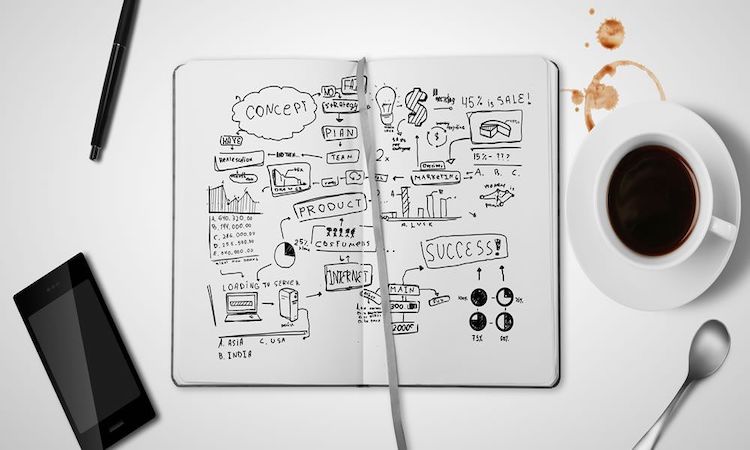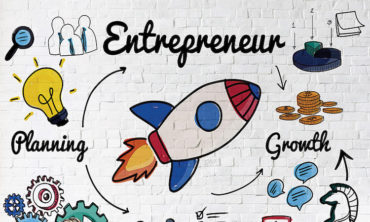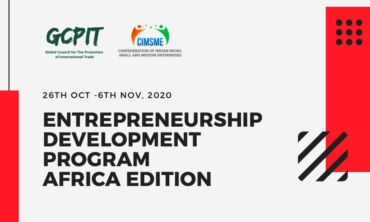Design thinking should be at the core of strategy development and organisational change in order to create a culture that’s focused on this way of solving problems. This way of thinking can be applied to products, services, and processes; anything that needs to be improved.
There are many examples of big companies that use design thinking in their day-to-day operations, like Apple and Google. Design thinking can and does work for all types of organisations, big and small. Yes, it can be challenging to implement at a more established company where process and systems run amuck, but the benefits outweigh the process of cutting through all the red tape. And for entrepreneurs or small business owners, a design thinking culture is yours to create and lead.
5 REASONS WHY YOU SHOULD ENROL
- Use design thinking to develop innovative products. Bring business impact
- Learn to integrate technology, business demands, and customer needs to innovate
- Build and implement innovation management systems. Innovate at scale
- Define the critical success factors, determine the business impact of an innovation project
- Earn a certificate in Design Thinking from ICTMAE, USA
Duration – 6 Sessions of two hours each
Timings – 07.15 PM to 09.00 PM, 13th – 28th June’2020, Weekend Program (Saturday/ Sunday)
Training Mode – Online Blended with training & assignments
Modules for the Design Thinking
- Introduction: About design thinking and designers, design principles, design thinking and other methods. Design thinking for Growth:Build design thinking strategy and capability (structure, culture, skills, process) in an organisation to define the organisation’s innovation journey
- Explore:Discover challenges, find wicked problems,interpret through empathy study, understand various tools of empathy study and develop insights. (WHAT IS)
- Ideate:Generate ideas, concept creation and shortlist a workable solution(WHAT IF)
- Create:Develop prototypes of a big idea, get feedback (WHAT WOWS)
- Evolve:Create learning launches and iterate to growth (WHAT WORKS)
- Design for services: Product vs services, service development and experience lifecycle.













